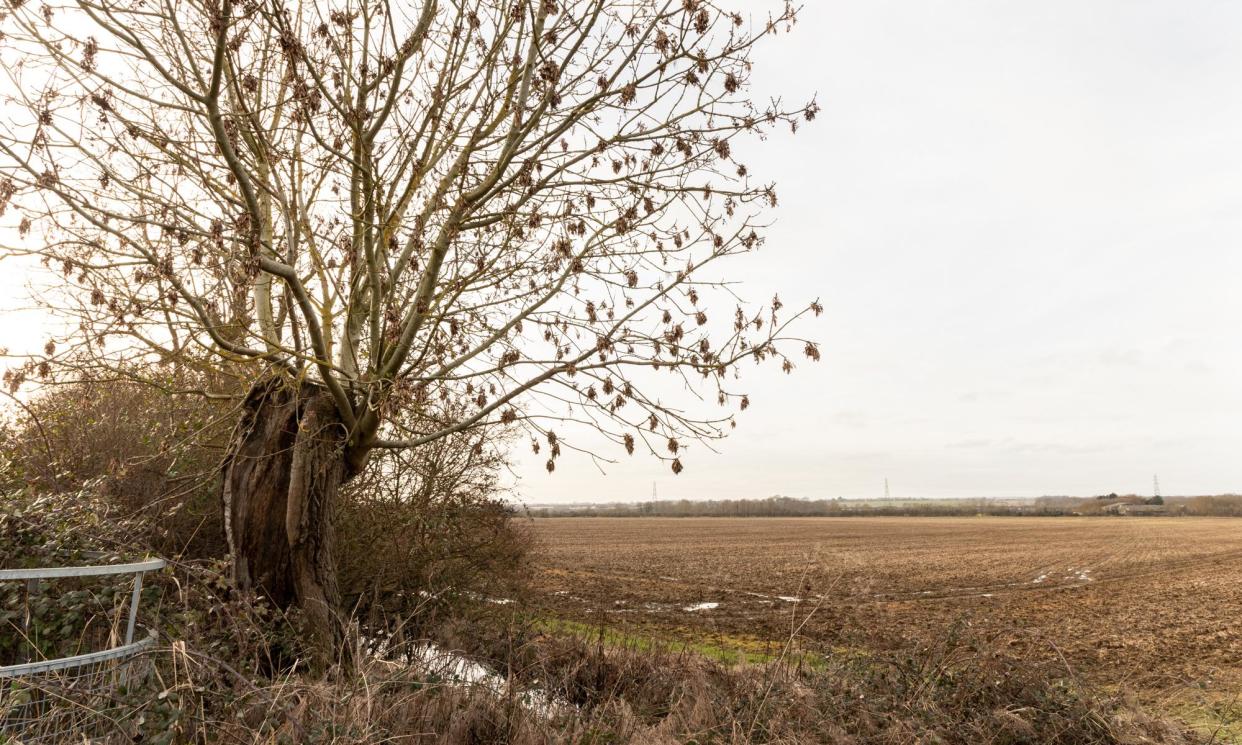Country diary: For the dying ash, one last push for greatness

A thousand possibilities dangle from the young branches of an old ash. So many bunches of keys hanging on so many twigs. So many seeds with winged futures waiting for release. It’s a strange pact between parent and offspring. Do I let go? Will the tree let me go? And when?
How those keys must have shaken, rattled and tossed about in this, the stormiest of all seasons, not so much winter as wind-ter. And yet still they hold fast.
One such gale roared in from the west over the open ground 20 or so years ago and ripped off the tree’s crown. The force of the break ran down its trunk like some malevolent lightning streak, splitting it through the middle from top to bottom, and causing the ripped and split structure to topple over. It left a half-trunk standing, its heartwood long since rotted away. The fallen two-thirds of tree was dragged off while the shattered husk stood out the rest of that winter as if it were a hollowed-out Neolithic canoe, one end planted into the earth.
In the following spring, the old tree responded to its death with life. A great profusion of shoots sprouted from all around the rim, a few centimetres beneath the break. How the years have grown. I look now and those shoots have become python-thick, silver-grey boughs. Out of a semicircular lip, the trunk has brought forth a full replacement crown. And the crop from this tree, one that is dying by decades, is greater than any of those taller fellow Victorian ashes that are spaced out along this hedge. Paradoxically, some powerful biological imperative drives so many plants faced with impending mortality to reproduce with exceptional vigour.
On this prolific ash, spring is flagged in its charcoal buds, readying themselves for explosions of efflorescence. When the buds break, the ash keys will fall, spinning to the ground in giddying flight. Some will decay. Many will be eaten by mice and voles. Each seed’s odds of survival may be no more than one in 1,000. But one is quite enough.
• Country diary is on Twitter at @gdncountrydiary


